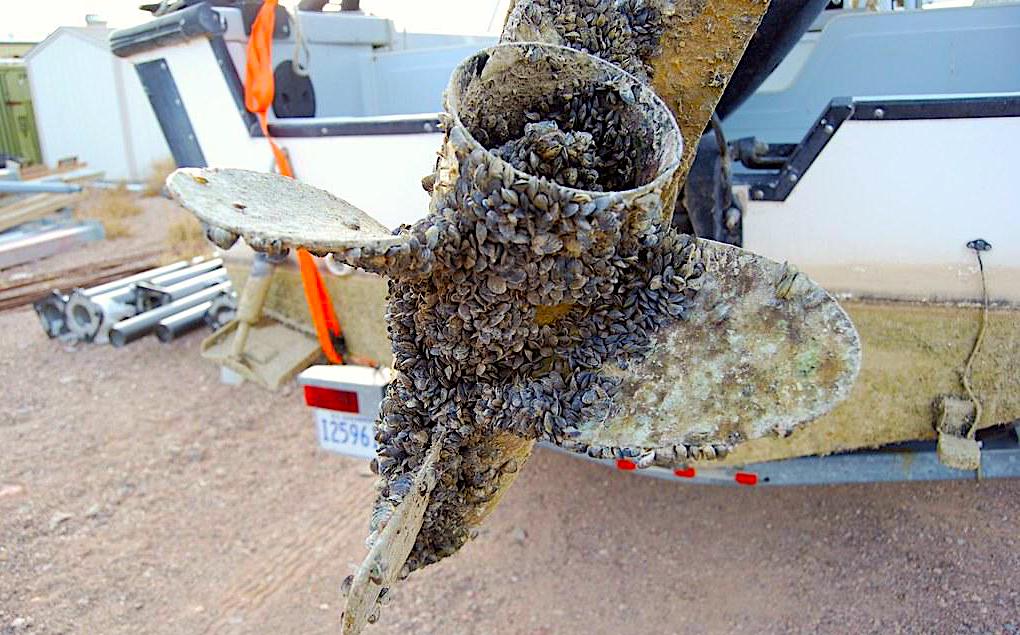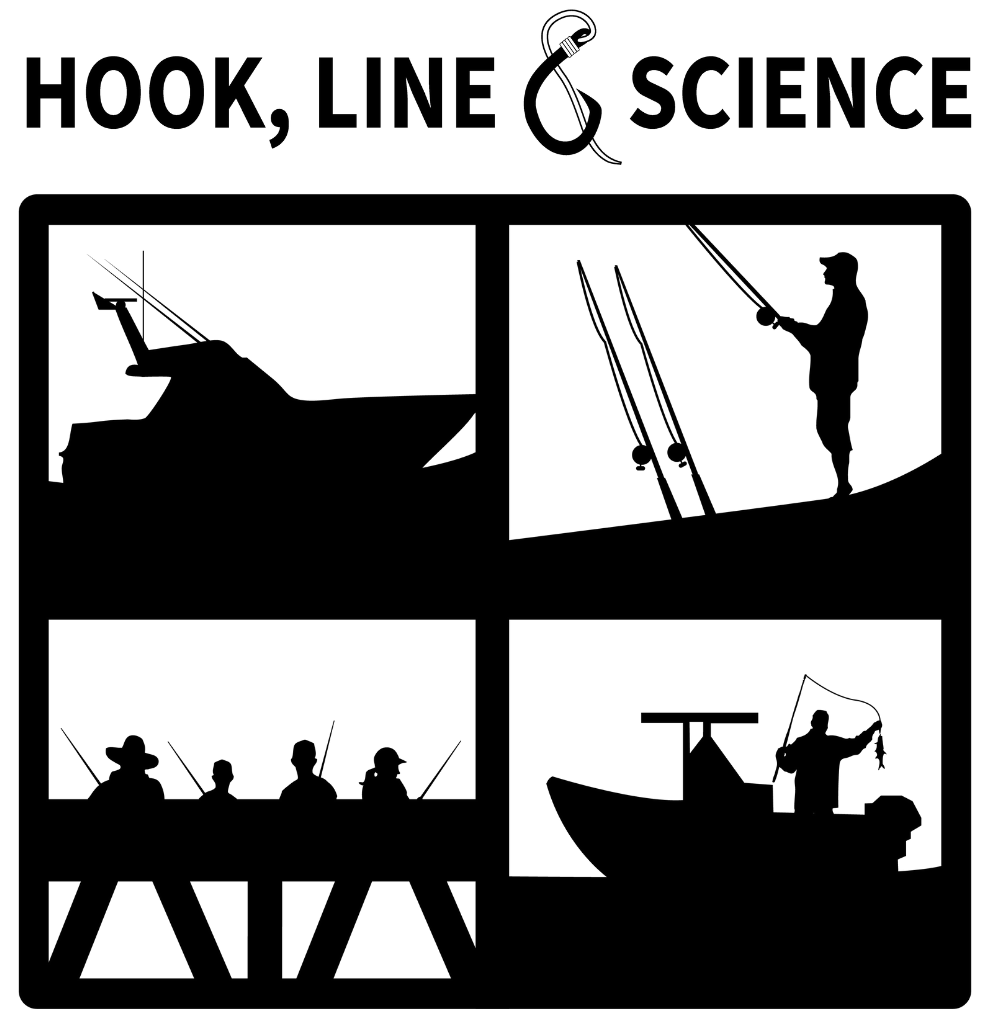Is There an Environmentally Friendly Way to Keep Hitchhiking Organisms Off Your Boat?

Research suggests there is an approach that balances effective boat operation and protection of ecosystems.
Maybe you’ve set your eyes on some spring boat maintenance. If so, then read on about research on new ways to manage those pesky organisms that grow on boat hulls.
Research Need
The presence of small organisms like algae and barnacles — “biofouling” — on boat hulls adds weight and increases friction, which leads to less maneuverability and slower speeds, and, in turn, greater fuel consumption and higher operating costs. In addition, sometimes those hitchhiking organisms are invasive species with significant economic and ecological impacts.
Toxic chemicals in anti-fouling paint keep hulls free of organisms but can contaminate the marine environment. Some such paints are even toxic to humans. There is a critical need for biofouling control that both protects water quality and minimizes the transport of invasive species.
What did they study?
At 28 stations in two California harbors, researchers examined the effectiveness of four different coatings on fiberglass: one toxic copper-based antifouling paint and three nontoxic coatings. The study focused on saltwater boating, in which boats typically travel from location to location without being removed from the water, and on small recreational and commercial vessels.
The team examined the growth of organisms monthly for one year. For a subset of sites, the researchers also applied three different degrees of cleaning treatments to the surfaces over a four-month period. At all stations, they measured water temperature, salinity, water flow, light, water depth, and the nearby abundance of the same species of organisms.
What did they find?
Biofouling was extremely limited on surfaces with toxic copper-based antifouling paint at the one-month mark, but the coating appeared to lose effectiveness over time.
More than 35 kinds of fouling organisms grew on the new nontoxic coatings, covering a substantial part of each surface over one-month intervals, ranging from 71% to 91% at the various stations. In addition, surfaces that the team never cleaned or cleaned only once accumulated just as much fouling as the surfaces they frequently cleaned.
So what?
Because none of the coatings alone were effective at preventing biofouling over the long-term, keeping pesky hitchhikers off your boat likely will require using a more comprehensive approach and targeting more life stages of these diverse organisms.
Possible tactics include chemical, physical and cultural approaches in combination.
For example, you could apply toxic antifouling paint only to areas on boats that are critical for operation but difficult to clean manually, such as water intakes and housings for outdrive units. Scheduling toxic paint application just prior to the season, for instance, when many fouling organisms start to grow on surfaces, also will help to maximize the effectiveness of this strategy. In addition, adjusting the frequency and timing of hull cleanings to the growth patterns of fouling organisms will help boaters manage biofouling better, while also reducing the potential transport of invasive species.
 Reading
Reading
Culver, C.S., Johnson, L.T., Page, H.M., Dugan, J.E. and Santschi, C.A. (2020), Integrated Pest Management for Fouling Organisms on Boat Hulls. North Am J Fish Manage. doi:10.1002/nafm.10360
This work was supported through Agreement 07-106-111 with the California Department of Boating and Waterways, as well as by National Oceanic and Atmospheric Administration Grants NA10OAR4170060, NA08OAR4170669, and NA04OAR4170038; California Sea Grant Project A/EA-1 through NOAA’s National Sea Grant College Program; University of California Agriculture and Natural Resources; University of California Cooperative Extension; California Resources Agency; and the Counties of San Diego, Santa Barbara, and Ventura.
Summary compiled by Sara Mirabilio
Above photo courtesy of National Park Service
The text from Hook, Line & Science is available to reprint and republish, but only in its entirety and with this attribution: Hook, Line & Science, courtesy of Scott Baker and Sara Mirabilio, North Carolina Sea Grant. HookLineScience.com



